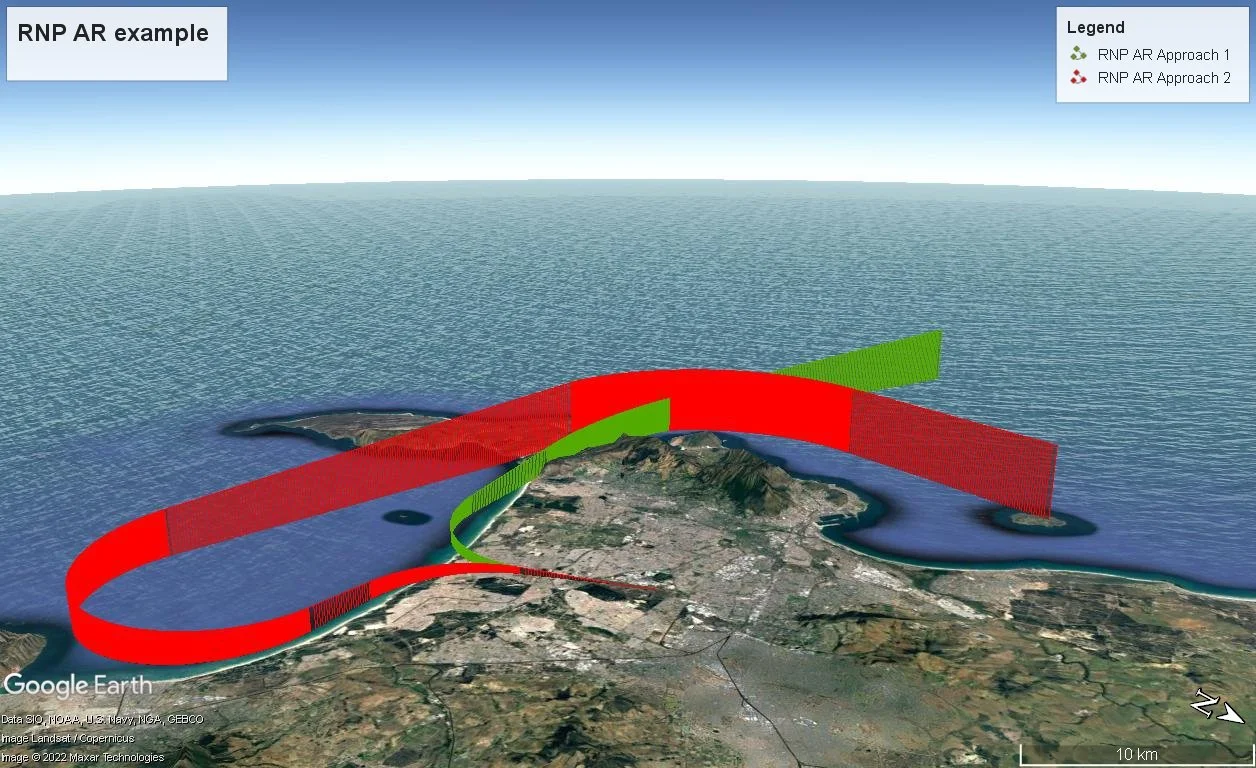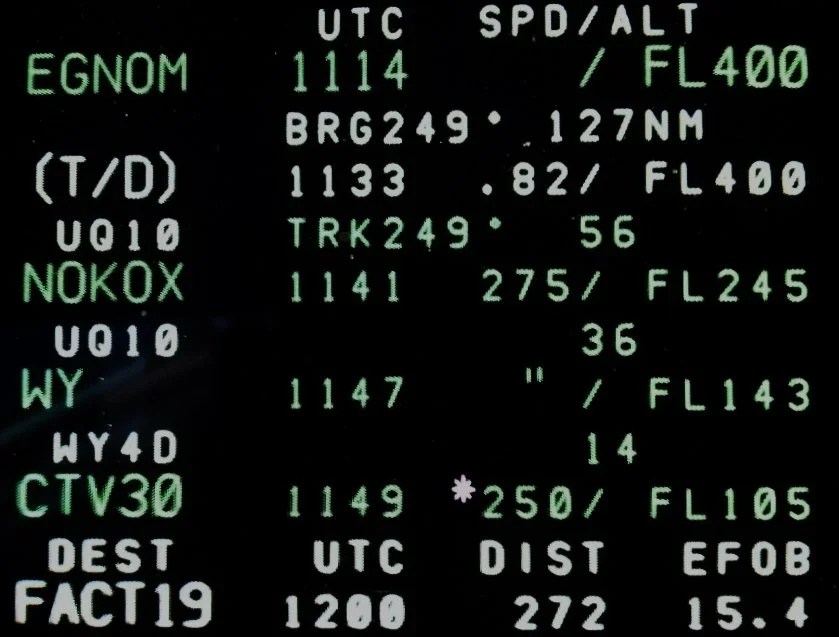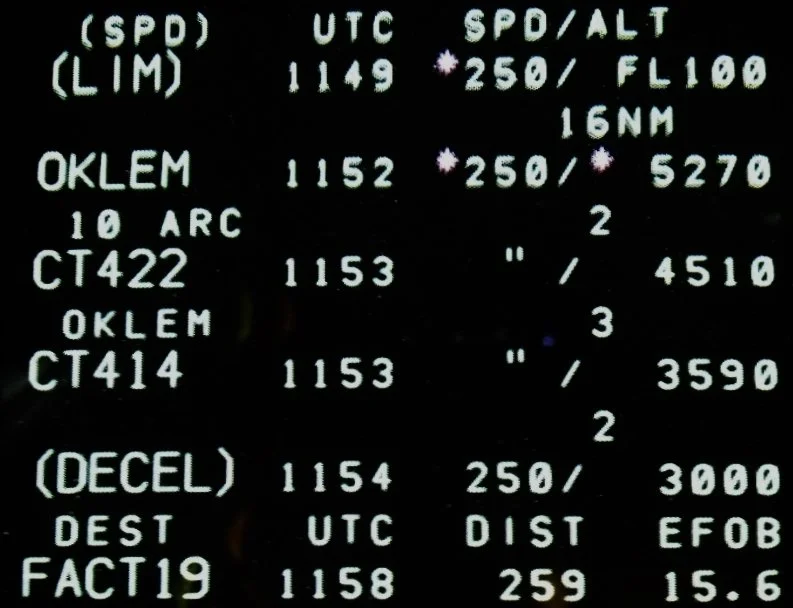What is RNP AR?
“RNP AR” firstly, is an abbreviation for Required Navigation Performance Authorisation Required, and a subset if you like of the Performance Based Navigation (see PBN Article) offering. With RNP AR, this navigation specification, as with PBN is Space-Based Navigation and Space-Based Instrument Flight Procedure Designs that allows even narrower flight paths to be flown in the lateral dimension. With RNP required, this means that to use that published procedure, your aircraft (and crew) must be certified to that NAVSPEC and RNP means the FMS (Flight Management System) will monitor the lateral navigation accuracy, and alert the pilot when that accuracy is not being met.
RNP AR also gives much better possibilities when it comes to the vertical dimension, and how low the pilot can descend to (minima), before deciding to continue to land, if the runway is visual. Because of the high accuracy of this procedure type, and the narrow protection areas afforded to this NAVSPEC, there are benefits to be had, as the narrow procedure protection areas will exclude a large number of obstacles and terrain, resulting in much better minima.
RNP AR is really the Rolls-Royce of a procedure, and because it is a complex procedure design type, aircraft specific, and also has stringent airworthiness approval requirements for aircraft and crew, it is an expensive design option, only considered when absolutely required, for example, where there is mountainous and demanding terrain, and perhaps closer into the airport, a dense and challenging obstacle environment where this NAVSPEC allows for Radius-to-Fix (RF) Turns on final approach.
PBN has many navigation type offerings, and there are other options that give similar benefits to the type of operations required, which are less demanding in terms of complexity and airworthiness approvals. Where no other option will work for that environment, then one would consider RNP AR as an option.
RNP AR is used in the terminal environment which means within the CTR (Control Zone) and TMA (Terminal Manoeuvring Area) Airspace or CTA (Control Area) in some countries. These are anywhere up to approximately 50 or 60 Nautical miles (NM) from the airport.
These procedure types provide significant operational benefits and designs can go below RNP 0.3 NM where there are such operational benefits to be gained. RNP 0.3 is already very beneficial in that it allows you a procedure with 2x 556 m lateral protection area. Further reduction of this can be done if beneficial, down to RNP 0.1 NM, which is just 2x 186 m either side of track.
Some of the significant operational benefits that can be realised for RNP AR procedures include:
- Increased safety in complex terrain and obstacle environments
- Lower minima due to narrower protection areas
- Fewer missed approaches in bad weather conditions.
This then translates into further benefits including:
- Reduced environmental impact from less fuel emissions per flight
- Lower carbon footprint per flight
Realised financial savings then result from:
- Less fuel burn
- Reduced operational crew and flight time-loss
- Quicker turn-arounds
A quick overview or cost-benefit analysis, will show the benefits that can be realised, and these benefits in turn, justify the cost of such a procedure and more, by realising company profits in the longer term.
An example of RNP AR flight paths that incorporate the use of RF turns for the procedure, including the use of RF onto the final approach segment.
The below images indicate an example of just how beneficial each flight can be, showing the total reduction on track miles at 272 Nautical Miles (NM) for conventional navigation (left image) vs 259 NM for PBN RNP AR navigation (right image), saving 13 nautical miles per flight. In turn, resulting in less fuel burn, reduced operational crew and flight time-loss, and quicker turn-arounds.
Images courtesy of Andrew Smit, Airline Pilot and PBN Project Manager




